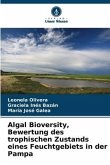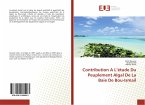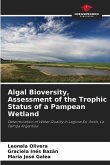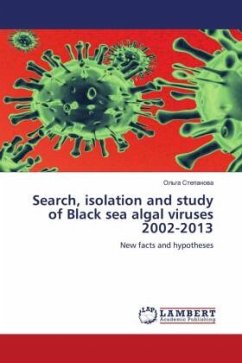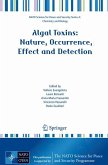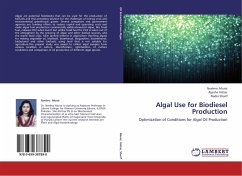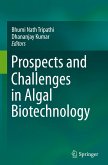In the Alps a large variety of different landscapes is to be found. Orographic and often extreme environmental conditions result in sparse or absent vegetation cover in many areas (e.g. fluvioglacial deposits in periglacial areas, windswept places of the alpine and nival zones). Also, the open spaces in between higher plants are generally not bare of autotrophic life, but are often covered with soil crusts. These soil surface communities consist of algae, cyanobacteria, lichens, microfungi and mosses and are an important feature in stabilizing and protecting soils against erosion. However, the important role of these soil crusts in Alpine ecosystems has been undervalued up to now and information is very rare. In the current study, the biodiversity of soil algae, which are an important part of these soil crust communities, is investigated using sample material from 11 study sites in the Alpine region near the village Obergurgl (Ötztal, Tyrol, Austria)and results are presented. In total 54 algal taxa were recovered, among these 5 species are new to science.
Bitte wählen Sie Ihr Anliegen aus.
Rechnungen
Retourenschein anfordern
Bestellstatus
Storno


